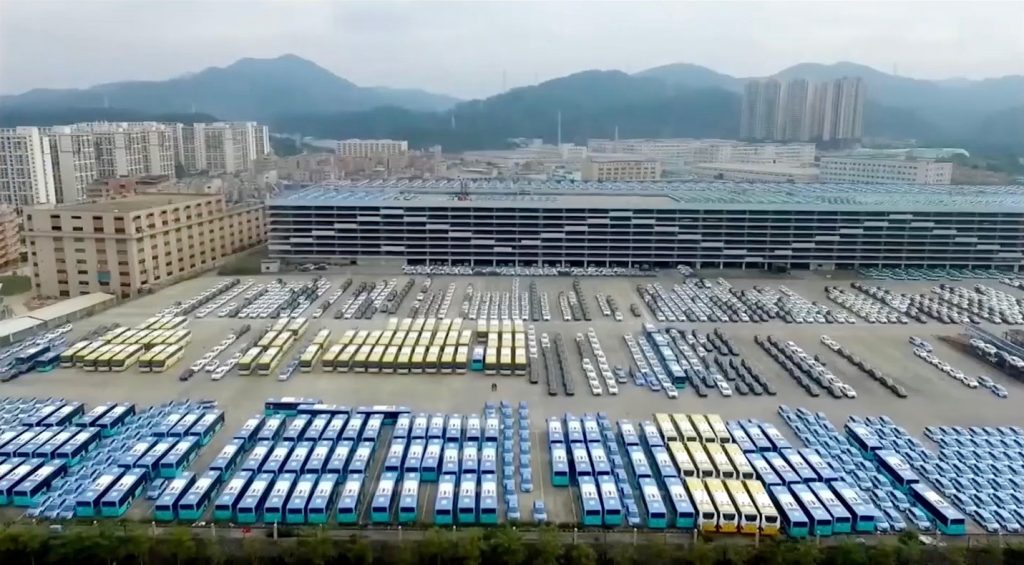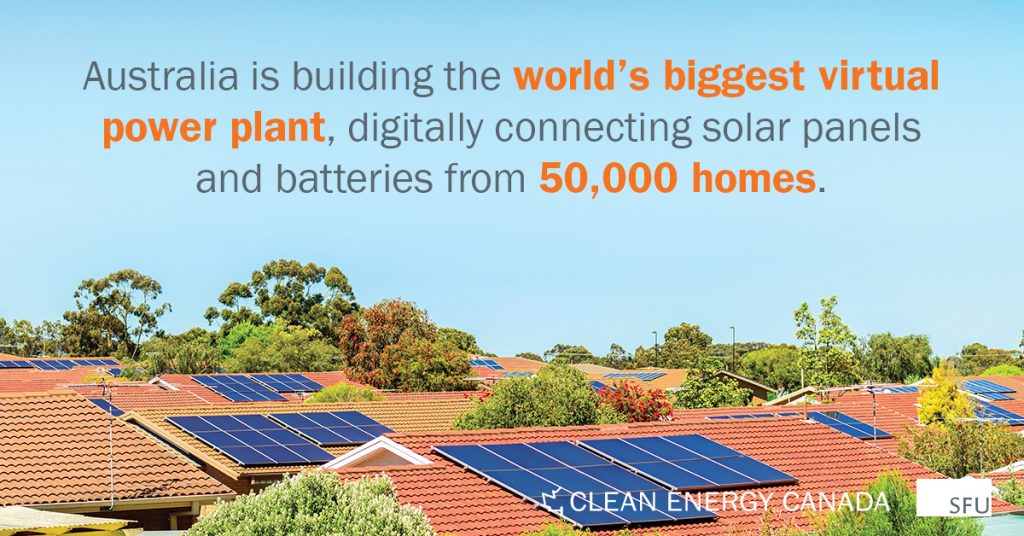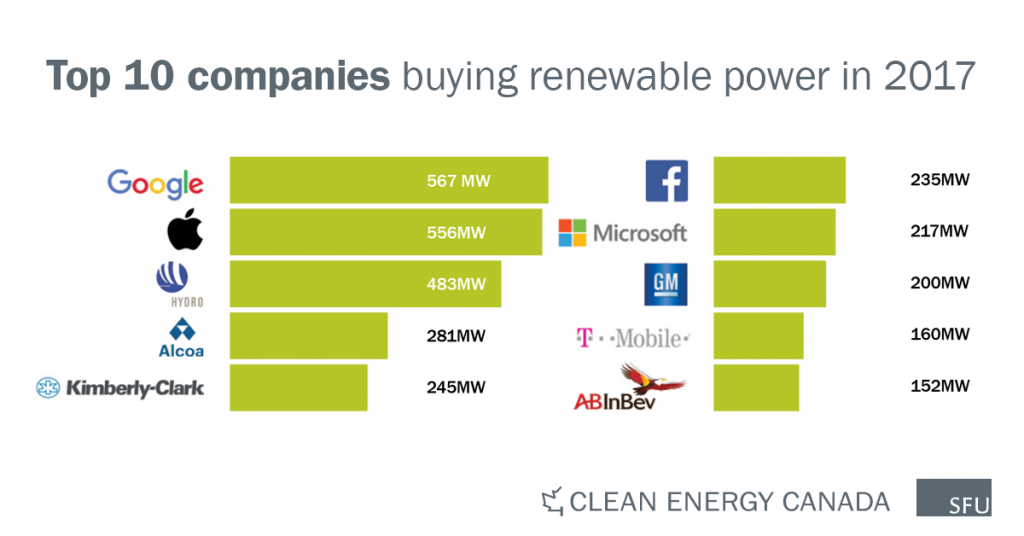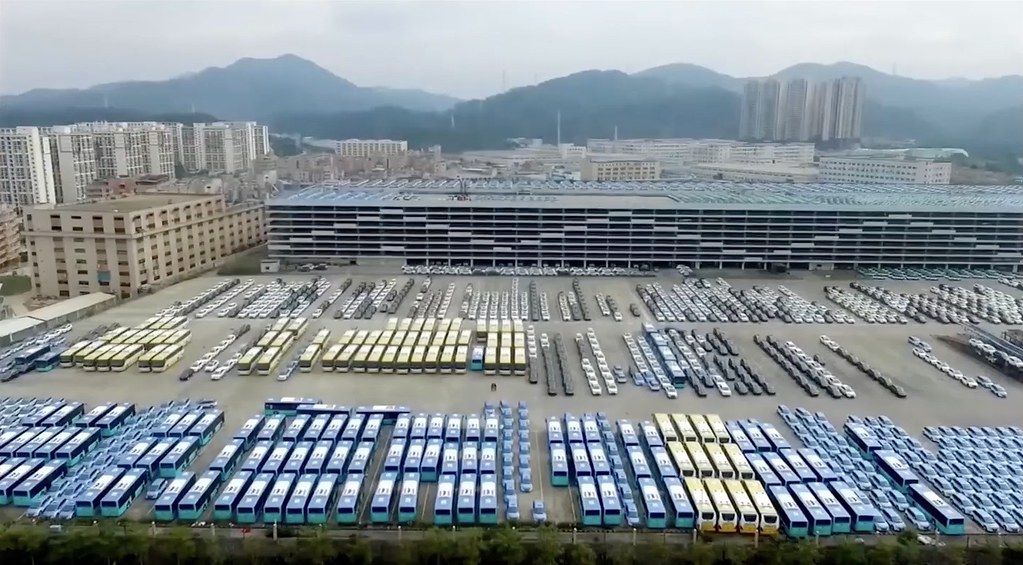By David Dodge and Scott Rollans
A few short years ago, clean energy was a niche trend. Now, it’s disrupting traditional energy industries around the world, with global investment pegged at $241 billion in 2016. In a recent report, Clean Energy Canada (CEC) identified five major current trends in this global transition. We caught up with CEC’s policy director, Dan Woynillowicz, for a quick rundown.
Woynillowicz foresees a day when industry can deliver the same or better energy services, but without the environmental damage and climate change caused by the ways we currently produce and consume that energy. And these are the trends, he says, that mark the world’s progress towards that goal.
1: China is selling—and we’re all buying
Many of us still think of China as an environmental laggard, shrouded in smog from its countless coal-fired electrical plants. However, while pollution remains a critical issue in China, the country is poised to dominate the world market in clean energy technology.
“Last year, 40 per cent of global investment in [clean] energy occurred in China,” Woynillowicz points out. “And they represented about half the market for new electric cars.” China has stepped up to lead world developers and manufacturers across the board, from electric cars, to wind turbines, to solar PV panels.
China wants to dominate the world market for clean energy and by 2020 plans to invest $360 billion in renewable energy.
2: Big Oil is shifting to renewables
Although Canada companies seems to be slipping behind in this trend, major petroleum producers around the globe are moving more of their investment dollars into clean energy. “We’ve got not only BP, but also Shell, Statoil , Total—all investing significant amounts of money in renewable energy, electric car charging, energy storage,” says Woynillowicz. Big Oil now sees renewable energies as key to maintaining its market share in coming decades.
3: Companies are choosing clean energy
Around the world, big companies—really big companies—are taking this concept much farther, Woynillowicz says. “Google last year reached the milestone of achieving 100 per cent renewable energy for all of its operations. Apple, Facebook, Microsoft, General Motors—now all these companies are procuring huge amounts of wind and solar.”
In last week’s blog, we looked at Simons Canada a 178 year-old Canadian company that just built the first net-zero department store, that is powered by 100 per cent renewable energy. Five hundred schools in rural Alberta are powered by 100 per cent renewable energy and the City of Calgary powers is operations with 100 per cent renewable energy.

The city of Shenzen China has replaced 16,359 of its buses with electric buses. Photo by SolarPVTV (YouTube)
4: Expiration dates on gas-fuelled cars
Many countries are taking bold steps to transition from combustion engine to electric vehicles—and car manufacturers have taken note. “At the end of last year, there were 156 electric cars that people could choose from,” says Woynillowicz. “By 2020, that’s going to be up over 217—and that’s driven by announcements from companies like General Motors, Volvo, and Volkswagen.”
Woynillowicz points again to China, where Shenzhen, a city roughly the size of NYC has gone fully electric for its fleet of over 16,000 buses. “To put that in context, New York City only has one third that that number of buses, and only a handful of those are electric.”

In Australia 50,000 homes are getting solar and will be part of the largest virtual grid in the world. Graphic Clean Energy Canada
5: Energy is getting smarter
Digital technology has revolutionized the world’s access to information, and it’s beginning to change our access to clean energy as well. Australia has created the world’s biggest virtual power plant. “It sounds like science fiction,” Woynillowicz marvels. “They’re going to digitally connect solar panels and batteries in over 50,000 homes.” The system will store excess energy in all those batteries and draw from them when energy is needed.
Instead of building a new power plant to supply those 50,000 homes, the virtual power plant will effectively do the same job, managing supply and demand across the grid. “All that is done through the power of big data and software.”
Of course, Canada’s economy is still heavily invested in the oil and gas industries. So, should our country be wary about these five trends, or should we embrace the opportunity they represent? “Both,” says Woynillowicz. “The question is, are we going to evolve at the rate that innovators want, or are we going to evolve at the rate that the incumbents want—which, frankly, is much slower?”
Many small- and medium-sized clean energy companies in Canada are already finding success both at home and abroad, he points out. “We need to plan for this transition, to make sure that across the country we are benefiting from this.”








